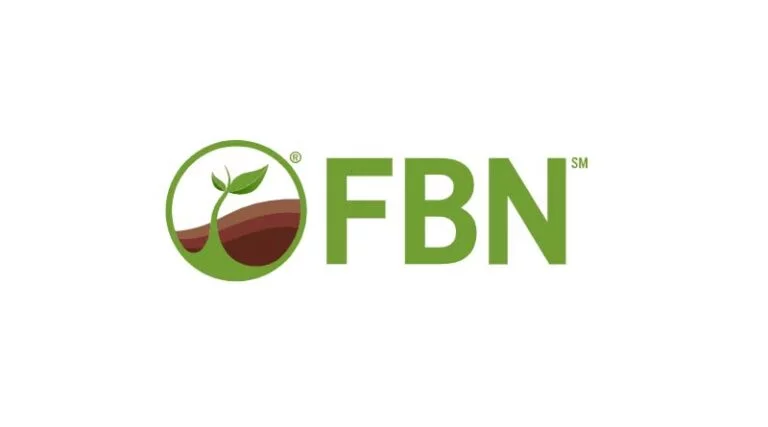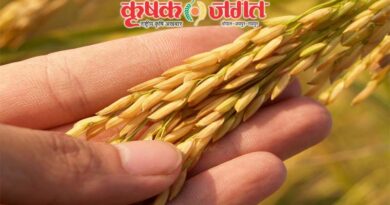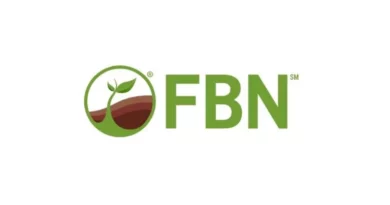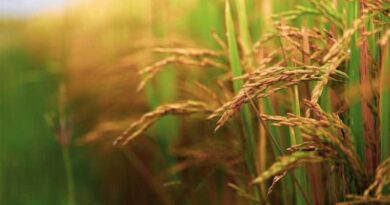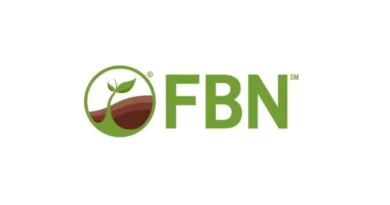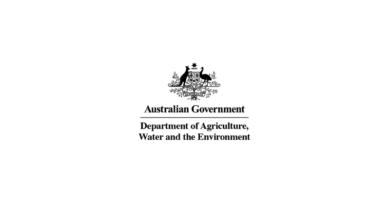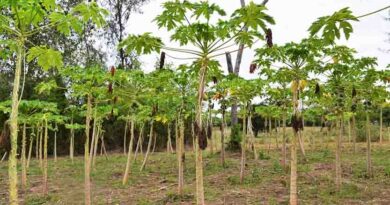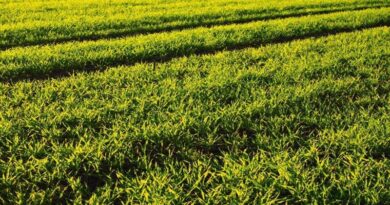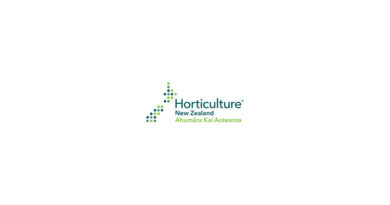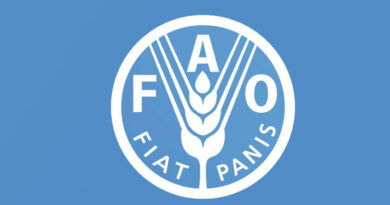How to Manage Bacterial Leaf Streak in Wheat
26 October 2023, US: Bacterial leaf streak (BLS), triggered by the bacterium Xanthomonas translucens, has emerged as a significant concern for wheat farmers worldwide due to its potential to severely undermine yield and quality.
The disease manifests as streaks on the leaves which, if left unchecked, can result in significant yield loss.
This post will outline:
- How bacterial leaf streak affects crops
- How to identify bacterial leaf streak
- Regions typically affected by bacterial leaf streak
- How to manage bacterial leaf streak
How Bacterial Leaf Streak Impacts Crops
BLS primarily targets the leaves of the wheat plant, but it can also infect the glumes and kernels. By reducing the plant’s photosynthetic capacity, BLS can cause significant yield loss leading to stunted growth and reduced grain fill.
The bacteria infiltrate the plant through natural openings or wounds, multiply in the intercellular spaces, and produce toxins that cause cell death, resulting in the characteristic leaf streaks.
In severe cases, BLS can cause premature leaf death, further diminishing the plant’s photosynthetic capacity and potentially leading to significant yield loss. The disease can also degrade the quality of the grain, as infected kernels may be shriveled and have a lower test weight.
How to Identify Bacterial Leaf Streak
BLS presents as water-soaked streaks on wheat leaves. Over time, these streaks turn yellow and eventually necrotic, often bordered by a bright yellow halo. Characteristically, these streaks are long, narrow, and run parallel to the leaf veins, originating at the leaf tip or edge and progressing towards the base.
While leaf streaks are the primary symptom of BLS, other indicators may include wilting, stunting, and reduced tillering. In severe cases, BLS can even cause premature leaf death.
While the characteristic symptoms of BLS are a good starting point, it can often be confused with other diseases like stripe rust or tan spot, which also cause leaf streaks. To ensure an accurate diagnosis, laboratory testing may be necessary.
Regions Typically Affected by Bacterial Leaf Streak
BLS thrives in warm, humid climates but has shown adaptability to various weather conditions, as evidenced by its global presence. It has been reported in various parts of the world, including North America, Europe, Asia, and Africa, and is particularly prevalent in irrigated wheat fields.
Timing of Bacterial Leaf Streak
BLS can strike at any stage of the growing season, but it is most common during the tillering to heading stages. The disease spreads rapidly in warm, humid conditions, particularly during periods of heavy rainfall.
How to Manage Bacterial Leaf Streak
Early detection and management are paramount to prevent substantial yield loss. Farmers should vigilantly monitor their fields, particularly during warm, humid conditions, and take appropriate action if they suspect BLS.
Products containing extract of reynoutria sachalinensis like 3% Liquid Humic Acid Extract are labeled for use with wheat for bacterial leaf streak management.
Crop Protection from FBN Direct®
Proactively scouting for and responding to fungal presence in your fields will help reduce potential crop damage and improve yield. FBN Direct has a wide variety of effective fungicides to help address agronomic pressures and keep your operation on track.
With transparent pricing, straightforward online ordering, detailed product labels and fast direct-to-farm delivery, FBN Direct can help you get the products you need to protect your crops.
Also Read: Innovative Label Design: Revolutionizing Agrochemical Packaging in India
(For Latest Agriculture News & Updates, follow Krishak Jagat on Google News)

